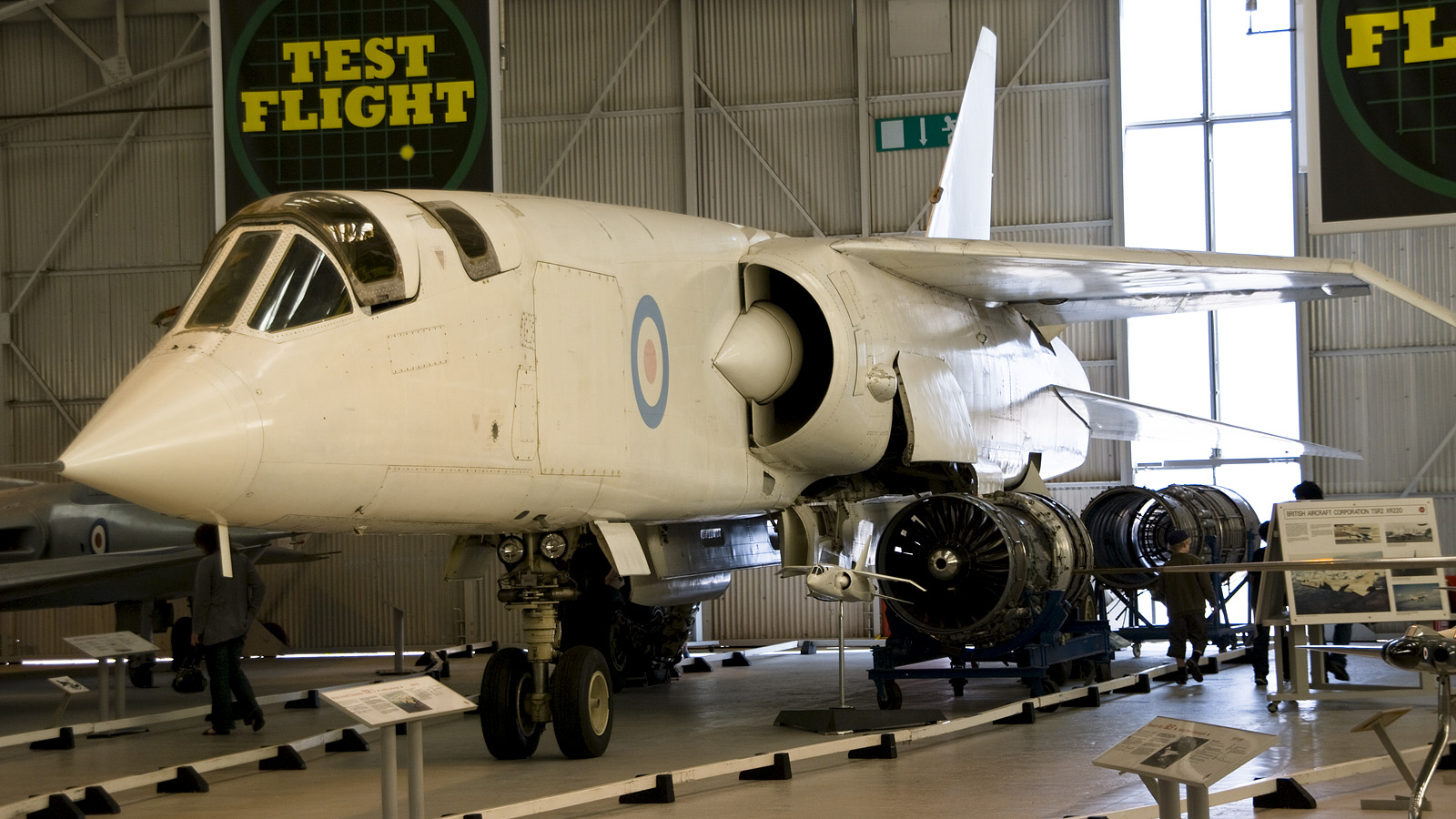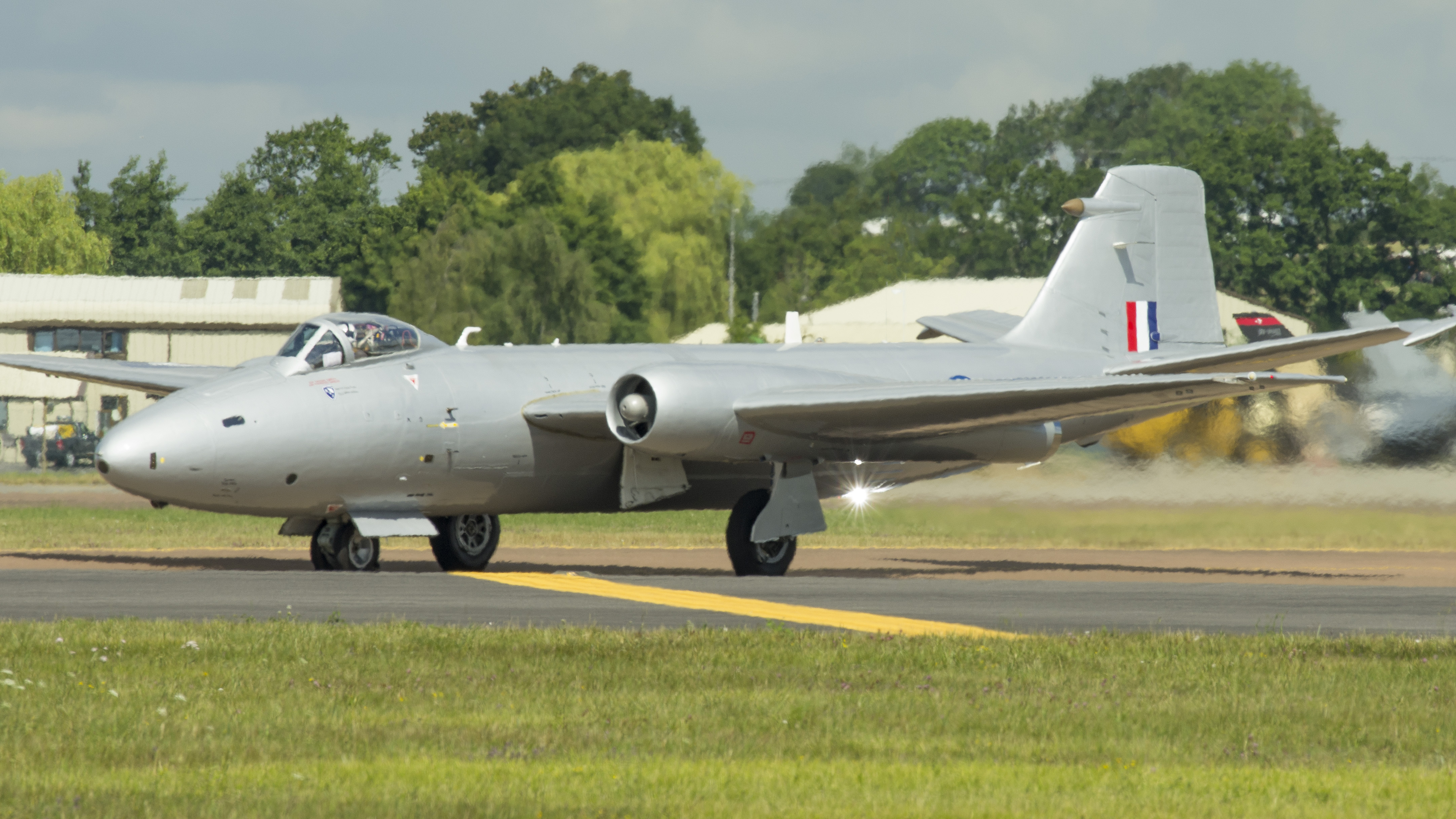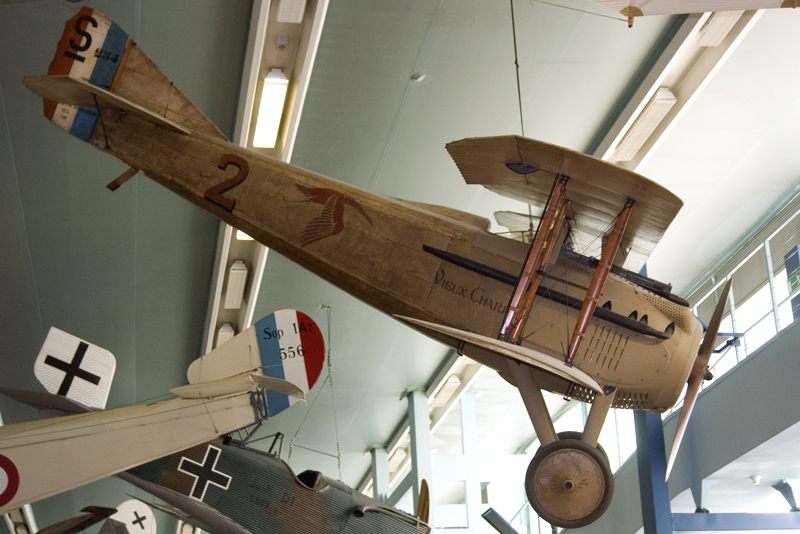
The British Aircraft Corporation Tactical Strike/Reconnaissance 2 (TSR-2) was an ill-fated Cold War strike aircraft developed by the British Aircraft Corporation (BAC) for the Royal Air Force (RAF) in the early 1960s. The TSR-2 project ran from 1957 until its cancellation in the budget speech on 5 April 1965.
Developing nation: United Kingdom.
Manufacturer/designer: British Aircraft Corporation.
Number built: 10 (not all completed, only 1 flew).
Type aircraft: Tactical Strike/Reconnaissance aircraft
First flight: 27 September 1964 XR219.
Last flight: 1965.
Primary user: Royal Aircraft Establishment.
General characteristics
- Crew: 2
- Length: 27.12 m (89 ft ½ in)
- Wingspan: 11.27 m (37 ft 1¾ in)
- Height: 7.24 m (23 ft 9 in)
- Wing area: 65.3 m² (702.9 ft²)
- Empty weight: 24,834 kg (54,750 lb)
- Loaded weight: 36,169 kg (79,573 lb)
- Max takeoff weight: 46,357 kg (102,200 lb)
- Powerplant: 2× Bristol Siddeley Olympus BOl.22R (Mk. 320) turbojet
- Dry thrust: 19,610 lb (87.23 kN) each
- Thrust with afterburner: 30,610 lbf (136.7 kN) each
Performance
- Maximum speed: Mach 1.1 at sea level (Mach 2.05 at 11 km (36,000ft)
- Range: 1,850 km (1,150 m)
- Service ceiling: 16,459 m (54,000 ft)
- Thrust/weight: 0.77
Armament
- Internal weapons bay, 6 m (20 ft ) with (initially) 1 Red Beard 15 kt nuclear weapon or as intended 2 x OR.1177 300kt nuclear weapons (cancelled) or 6 x 1,000 lb (450 kg) HE bombs. Final designed normal load in nuclear role of 4 x WE.177A nuclear weapons, two side-by-side in weapons bay, two on external underwing stores pylons.
- or 4 x 37 rocket packs or nuclear weaponry on inner pylons only.
Maximum of 9,000 kg (20,000 lb) of bombs.
Avionics
- Autonetics Verdan autopilot modified by Elliot Automation
- Ferranti (terrain following radar and navigation/attack systems)
- EMI (sideways looking radar)
- Marconi (general avionics)
- Cossor (IFF)
- Plessey (Radio)
Originally concieved as a replacement for the RAF’s Canberra bomber, the design process started in 1956 with a protracted series of proposals and counter-proposals between aircraft manufacturers and the now-defunct Ministry of Supply. With the cost of developing modern aircraft soaring, it became necessary for companies to pool their resources in order to compete, and it was the merging of English Electric with Vickers to form the British Aircraft Corporation, or BAC, that secured the tender to develop the TSR2.
The TSR-2 was designed to penetrate a well-defended forward battle area at low altitudes and very high speeds, and then attack high-value targets in the rear with close-in bomb runs and precision drops. The TSR-2 included a number of advanced features that made it the highest performing aircraft in this role. Despite dire warnings from the engine manufacturers the flight was duly made on the 27th of September 1964. Aerodynamically the aircraft was almost entirely trouble-free even though it was impossible to retract the undercarriage!
As time progressed the numourous problems with the TSR2 were slowly ironed out, and from the mass of problems began to emerge an aircraft of quite glittering performance. The undercarriage problem was finally rectified after the 10th test flight, and on flight 14 the aircraft went supersonic for the first and only time, this being achieved with only one engine in afterburn.
After the budget speech on 5 April 1965 the British government decided that the estimated costs of research, development and production of the TSR-2 would be prohibitive and cancelled the project. The maiden flight of the second prototype aircraft, XR220, was due on the day of the announcement, but in the event it never happened, and only the first prototype, XR219, ever took to the air. XR219, was taken to Shoeburyness shooting range and used as a target to test the vulnerability of a modern airframe and systems to gunfire.
Survivors
- XR220 (X-02) is on display at the RAF Museum Cosford, England.
- XR222 (X-04) is on display at the Imperial War Museum Duxford, England.
- Cockpit section on display at the Brooklands Museum, Weybridge, Surrey
All pictures courtesy of Zijde Aviation Photo and Publishing, Rob Vogelaar





